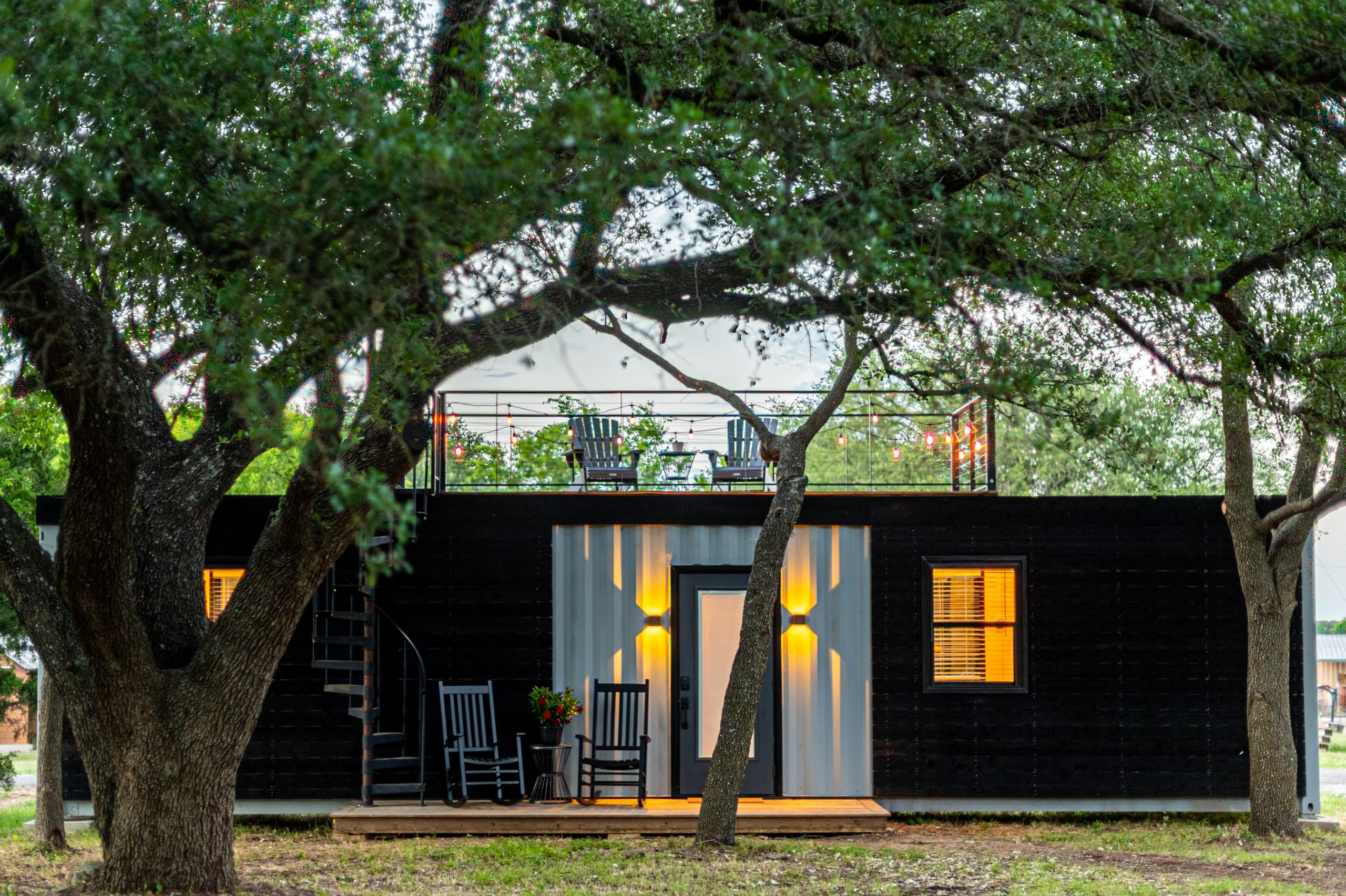Container Homes: A Sustainable and Innovative Housing Solution

As the world continues to face environmental challenges, sustainable living has become a top priority. People are seeking eco-friendly options in almost every aspect of their lives, including housing. In recent years, container homes have gained popularity as an affordable and sustainable housing solution. In this blog post, we will discuss the history, benefits, and challenges of container homes, as well as their role in creating a climate-smart and sustainable future.
The History of Container Homes
Containers have a history of being a great sustainable choice, even before they were made into home solutions. It’s predecessors, the shipping containers, were first introduced in the 1950s as a way to transport goods across the ocean, per the idea of a man named Malcolm McLean. The use of these containers revolutionized the shipping industry by making it easier, safer, and more cost-effective to transport goods. Over time, as the demand for shipping increased, so did the number of shipping containers. However, with many of these containers only being used once, they began to pile up in ports around the world.
The 1980s marked the beginning of a new era for shipping containers, as architects and designers started exploring alternative uses for these steel boxes. Instead of letting them pile up in ports around the world, they saw an opportunity to turn them into livable spaces. They realized that the strength, durability, and availability of shipping containers made them an attractive and affordable building material for housing.
The first container home was built in 1987 by a man named Phillip Clark in Washington. He used two 40-foot containers to create a small home that he called the “Lunch Box.” This simple and innovative design caught the attention of architects and designers around the world, and it sparked a new trend in sustainable housing.
Since then, container homes have become increasingly popular, with many people choosing them as a unique and sustainable housing option. Container homes are now found in many different countries and have been used for a variety of purposes, including homes, offices, shops, and even hotels. The versatility and affordability of container homes make them an attractive option for those who want to live in a sustainable and eco-friendly way.
The Benefits of Container Homes
The main aspect which draws people to build container houses is its sustainability. They are an eco-friendly option as they repurpose old shipping containers that would otherwise be discarded. By using these containers as the basis for a home, they help to reduce waste and the carbon footprint associated with traditional housing. In doing so, they are a great tool for reducing the effects of climate change.
However, while sustainability is the greatest benefit to living in a container house, there are many additional benefits. Notably, container homes are affordable. Shipping containers are relatively cheap, and converting them into livable spaces can be done at a fraction of the cost of building a traditional home.
Furthermore, container homes are both durable and versatile. Shipping containers are designed to withstand extreme weather conditions, making them incredibly durable. They are built to last for decades, and as such, container homes are incredibly sturdy and long-lasting. They also come in a variety of sizes and can be easily modified to fit any design aesthetic. They can be stacked, joined together, or cut to create unique and personalized spaces.
Challenges of Container Homes
While there are many opportunities and benefits of container homes, there are also some challenges. One of the challenges is that they require additional insulation to make them livable. Shipping containers are designed to transport goods, not people, so they are not well insulated. However, adding necessary insulation is a straightforward process that can be done with minimal effort.
Another challenge of container homes is that they have design limitations due to their size and shape. While they can be modified, the overall size of a container can limit the size of a room or the number of rooms in a home. However, many have proved that there are plenty of design options still to be explored and used, especially as the containers are easily linked, stacked, and converted into extra rooms. There is also the opportunity to really play with natural light and transitions between indoor and outdoor spaces.
Climate-Smart and Sustainable Choice
In the end, container houses are mostly known for being a sustainable choice. The use of old shipping containers as the basis for a home reduces waste and the carbon footprint associated with traditional housing. Container homes can also be designed with energy-efficient features, such as solar panels, to reduce their impact on the environment further.
Furthermore, container homes can be designed to fit into the surrounding environment, such as using a green roof to reduce the heat island effect in urban areas. They can also be used as a solution to housing shortages in areas affected by natural disasters or other crises, providing a quick and affordable housing option.
Conclusion
Container homes have become an increasingly popular housing solution due to their affordability, durability, sustainability, and versatility. While there are challenges associated with container homes, such as insulation and design limitations, these challenges can be overcome with minimal effort. As we continue to face environmental challenges, container homes are a climate-smart choice that can help to reduce waste and carbon emissions while providing affordable and unique housing options.
